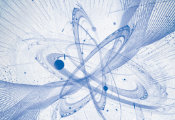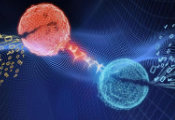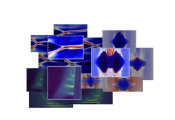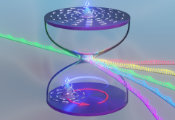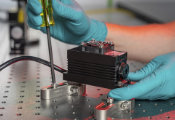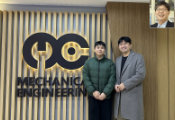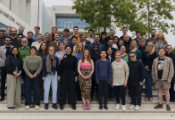Researchers at UC Irvine Are First to Image Directional Atomic Vibrations
Irvine, Calif., September 17, 2025 -- Researchers at the University of California, Irvine, together with international collaborators, have developed a new electron microscopy method that has enabled the first-ever imaging of vibrations, or phonons, in specific directions at the atomic scale.
In many crystalized materials, atoms vibrate differently along varying directions, a property known as vibrational anisotropy, which strongly influences their dielectric, thermal and even superconducting behavior. Gaining a deeper understanding of this anisotropy allows engineers to tailor materials for use in electronics, semiconductors, optics and quantum computing.
In a paper published today in Nature, the UC Irvine-led team details the workings of its momentum-selective electron energy-loss spectroscopy technique and its power to unveil the fundamental lattice dynamics of functional materials.
The researchers used their EELS microscope system to study strontium titanate and barium titanate, two perovskite oxides that differ in their thermoelectric, optical, piezoelectric and ferroelectric functionalities. By collecting atom-by-atom vibrational signals along selected directions, they observed contrasts in the anisotropic behavior of acoustic and optical phonons for the two materials.
“The altered anisotropic vibrations offer measurements totally different from those obtained from the whole crystals and integrated across full energy ranges,” said co-author Xiaoqing Pan, Henry Samueli Endowed Chair in Engineering and Distinguished Professor of materials science and engineering as well as physics and astronomy at UC Irvine and director of the campus’s Materials Research Institute. “Our results also clearly demonstrated that the collective atomic vibrations in crystals undergo atomic-level fluctuations depending on the elements and atomic sites, challenging the traditional model that assumes a uniform distribution of phonon wave functions.”
Pan added that the new microscopy method enables materials scientists to map vibrational anisotropy with unprecedented spatial and energy resolution across a wide range of materials.
“The team’s findings align closely with theoretical predictions,” said senior co-author Ruqian Wu, UC Irvine professor of physics and astronomy. “This work opens the door for further studies of critical phonon-related phenomena, including ferroelectric phase transitions, the origins of ferroelectricity and the role of oxygen sites in shaping electron-phonon interactions in high-temperature superconductors.”
Joining the UC Irvine team on this project were scientists from Sweden’s Uppsala University and China’s Nanjing University and Ningbo Institute of Materials Technology and Engineering. Funding was provided by the U.S. Department of Energy’s Office of Basic Energy Sciences and the National Science Foundation.

